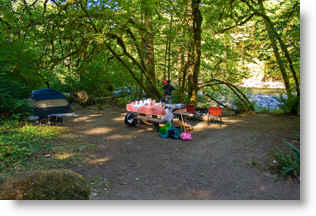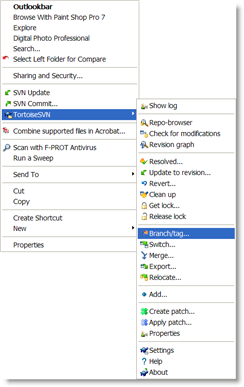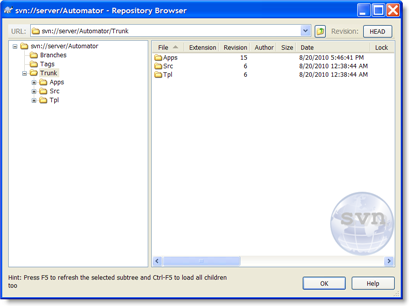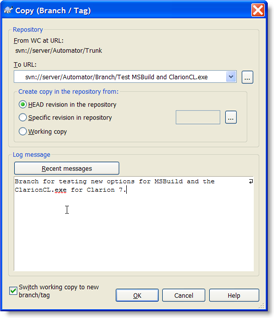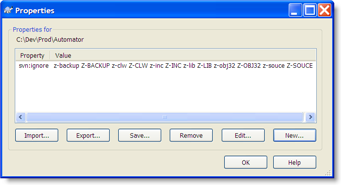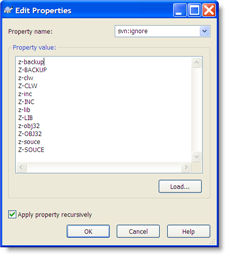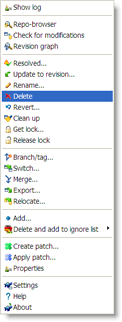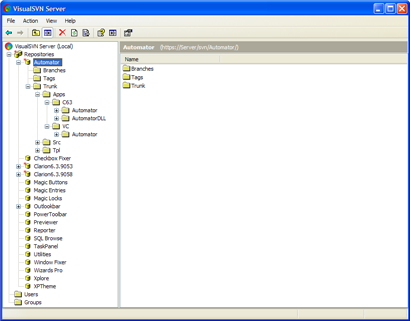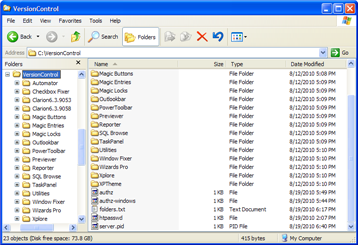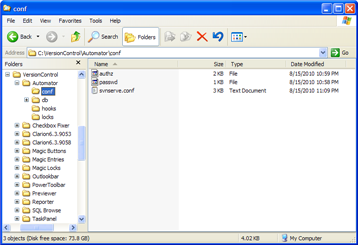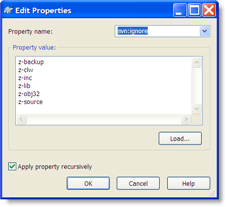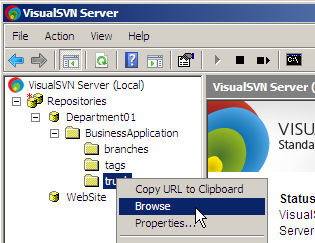Last week we went on a camping trip to the Klahowya campground, which is only about an hour drive from our home. This was our first camping trip so we didn't want to go too far from home.
The campground is on the banks of the Sol Duc river, which runs from the Olympic Mountains. The Sol Duc enters the Pacific at La Push on the West coast of the Olympic Peninsula.
The campsite we had was right on the river and had a lot of room. If you click on the photo above you will get a higher resolution photo from my photo website. We had no problem putting down two tents and park both cars. We had a nice fire pit and had no problem with the site, apart from some very pesky chipmunk that decided it would challenge John for a sandwich just after we got there. The chipmunk lost, predictably, but John also had some battle scars to show off as the chipmunk was not about to let go of the sandwich without a fight!
We brought both a small grill and cooking stove to cook on as we didn't really know how things would work out. On Tuesday night I grilled some Italian sausage and heated up baked beans. The grill performed very nicely and the chipmunks left us completely alone! I built a fire in the fire pit and we roasted some marshmallows over the fire and made s'mores.
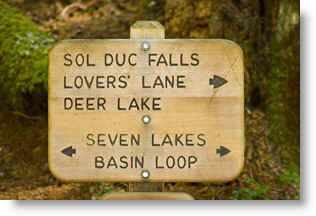 On Wednesday, August 25, we started out by cooking breakfast. Scrambled eggs and breakfast sausage with fresh brewed tea and coffee went down well and was a good start for the day. Around 11 we went to the Sol Duc waterfalls. We left the Subaru at the Sol Duc hot-springs and took the Mazda up to the trail-head for the Sol Duc waterfalls. The plan was to walk up to the waterfalls and take the Lover's Lane trail on the other side of the river back down to the Sol Duc hot-springs. The trail up to the waterfalls is about 0.8 miles (1.3km) and is mostly uphill, but the trail is wide and easy.
On Wednesday, August 25, we started out by cooking breakfast. Scrambled eggs and breakfast sausage with fresh brewed tea and coffee went down well and was a good start for the day. Around 11 we went to the Sol Duc waterfalls. We left the Subaru at the Sol Duc hot-springs and took the Mazda up to the trail-head for the Sol Duc waterfalls. The plan was to walk up to the waterfalls and take the Lover's Lane trail on the other side of the river back down to the Sol Duc hot-springs. The trail up to the waterfalls is about 0.8 miles (1.3km) and is mostly uphill, but the trail is wide and easy.
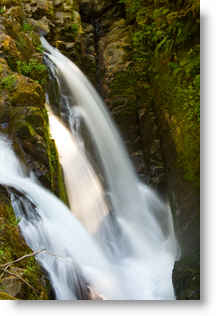 There was not a lot of water in the river as the summer has been cool and dry, but the waterfalls are always beautiful to see. I didn't want to lug my tripod around for the walk so I used the rail on the bridge to brace the camera to take the photos of the waterfalls, not really expecting them to come out, but they came out ok. You can see more photos of the falls on my photo website
There was not a lot of water in the river as the summer has been cool and dry, but the waterfalls are always beautiful to see. I didn't want to lug my tripod around for the walk so I used the rail on the bridge to brace the camera to take the photos of the waterfalls, not really expecting them to come out, but they came out ok. You can see more photos of the falls on my photo website
From the waterfalls we continued our trek. Instead of going back over the bridge, we headed on to the Lover's Lane trail, which is on the West banks of the Sol Duc river. It is a relatively easy trail, not many elevation changes, but the trail itself is rather treacherous because of roots and rocks. The trees are old growth and some of them are very, very tall! Large patches of ferns almost cover the trail in places and it is a bit of a wonderland to walk through this area.
We stopped on the way and had lunch sitting on a big tree trunk that was half way in the river. This trail is about 3 miles so the total distance we walked was around 4 miles. We were all glad that we made it through without falling over some of the roots and rocks. The weather was awesome, sunny and warm and the only negative thing were some bug bites as we had accidentally left the bug spray back at the camp site. When we got back to the campsite we built a fire and we roasted some hot-dogs for dinner and some marshmallows and s'mores followed.
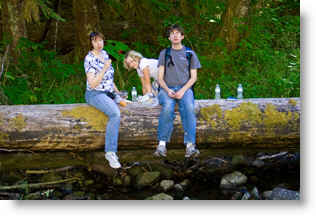 Thursday morning was foggy and a bit nippy. I got up early, around 6am, and made a nice fire to keep everybody warm. At about 8am I made scrambled eggs again and fried up a whole package of bacon that warmed us up nicely. After breakfast we went on the Pioneer trail at the campsite. It takes you through some very tall, second growth, fir and hemlock forest. It is only about 0.3 miles (0.5 km) but it shows well the extremely tall forests of the Pacific Northwest. The rain forests of the Northwest contain some of the largest trees in the world. In fact, newly released research information that used NASA based satellite laser technology has found that the tallest forests in the world are right here where we live, in the Pacific Northwest! This shouldn't come as a surprise to anyone who walks through the rain forests on the West coast of the Olympic Peninsula.
Thursday morning was foggy and a bit nippy. I got up early, around 6am, and made a nice fire to keep everybody warm. At about 8am I made scrambled eggs again and fried up a whole package of bacon that warmed us up nicely. After breakfast we went on the Pioneer trail at the campsite. It takes you through some very tall, second growth, fir and hemlock forest. It is only about 0.3 miles (0.5 km) but it shows well the extremely tall forests of the Pacific Northwest. The rain forests of the Northwest contain some of the largest trees in the world. In fact, newly released research information that used NASA based satellite laser technology has found that the tallest forests in the world are right here where we live, in the Pacific Northwest! This shouldn't come as a surprise to anyone who walks through the rain forests on the West coast of the Olympic Peninsula.
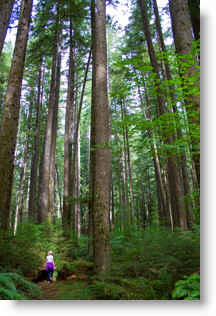 When we came back from our walk on the Pioneer trail, we started packing things. As we were getting the bigger tent down it started drizzling just a little bit so we kicked into high gear to get everything broken down and packed. 5 minutes after we left the camp site it started raining. We needed to get gas for the Subaru so Sue, John and Laila went to Beaver to get gas and we decided to stop together at the Hungry Bear Cafe that is between Klahowya and Beaver. The food was ok, nothing to write home about, but the ice cream was very good! The restaurant was in dire need of some fixing up. The termites had already finished the windows and probably the rest of the wood in the building and long since moved on to something with a bit more sustenance.
When we came back from our walk on the Pioneer trail, we started packing things. As we were getting the bigger tent down it started drizzling just a little bit so we kicked into high gear to get everything broken down and packed. 5 minutes after we left the camp site it started raining. We needed to get gas for the Subaru so Sue, John and Laila went to Beaver to get gas and we decided to stop together at the Hungry Bear Cafe that is between Klahowya and Beaver. The food was ok, nothing to write home about, but the ice cream was very good! The restaurant was in dire need of some fixing up. The termites had already finished the windows and probably the rest of the wood in the building and long since moved on to something with a bit more sustenance.
All counted we feel that our first camping trip went pretty well. We are planning a second camping trip in September to the Cougar Rock campsite at Mt. Rainier. Since Laila starts school in two days this will have to be a weekend trip and we'll see how the troops do in a bit cooler climate!
Arnor Baldvinsson


